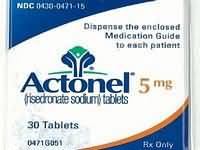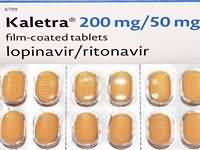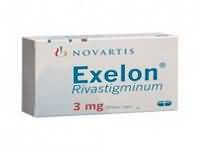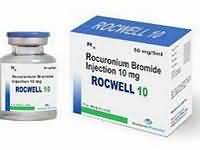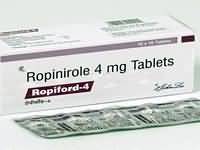Thiotepa
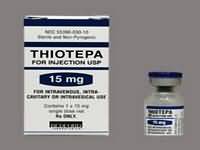
CLINICAL USE
Alkylating antineoplastic agentDOSE IN NORMAL RENAL FUNCTION
IM, bladder and intracavitary instillations: 60 mg in single or divided doses Intrathecal: maximum 10 mg Other doses depend on indication or local protocolPHARMACOKINETICS
DOSE IN RENAL IMPAIRMENT
GFR (mL/MIN)
DOSE IN PATIENTS UNDERGOING RENAL REPLACEMENT THERAPIES
IMPORTANT DRUG INTERACTIONS
Potentially hazardous interactions with other drugsADMINISTRATION
Reconstition
1.5 mL water for injectionRoute
IV, IM, intrathecal (can be administered directly into pleural, pericardial or peritoneal cavities and as a bladder instillation)Rate of Administration
–Comments
–OTHER INFORMATION
Haemorrhagic cystitis has occurred Metabolised in liver to triethylene phosphoramide (TEPA). Only traces of unchanged thiotepa and (TEPA) are excreted in the urine, together with a large proportion of metabolites (60% within 72 hours) .
See how to identify renal failure stages according to GFR calculation
See how to diagnose irreversible renal disease
Home
